2,4-Dichlorophenol
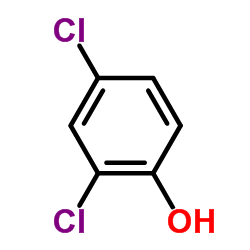
2,4-Dichlorophenol structure
|
Common Name | 2,4-Dichlorophenol | ||
|---|---|---|---|---|
| CAS Number | 120-83-2 | Molecular Weight | 163.001 | |
| Density | 1.5±0.1 g/cm3 | Boiling Point | 210.0±0.0 °C at 760 mmHg | |
| Molecular Formula | C6H4Cl2O | Melting Point | 42-43 °C(lit.) | |
| MSDS | Chinese USA | Flash Point | 113.9±0.0 °C | |
| Symbol |



GHS05, GHS06, GHS09 |
Signal Word | Danger | |
| Name | 2,4-dichlorophenol |
|---|---|
| Synonym | More Synonyms |
| Density | 1.5±0.1 g/cm3 |
|---|---|
| Boiling Point | 210.0±0.0 °C at 760 mmHg |
| Melting Point | 42-43 °C(lit.) |
| Molecular Formula | C6H4Cl2O |
| Molecular Weight | 163.001 |
| Flash Point | 113.9±0.0 °C |
| Exact Mass | 161.963913 |
| PSA | 20.23000 |
| LogP | 2.99 |
| Vapour Pressure | 0.1±0.4 mmHg at 25°C |
| Index of Refraction | 1.594 |
| InChIKey | HFZWRUODUSTPEG-UHFFFAOYSA-N |
| SMILES | Oc1ccc(Cl)cc1Cl |
| Water Solubility | 4.5 g/L (20 ºC) |
CHEMICAL IDENTIFICATION
HEALTH HAZARD DATAACUTE TOXICITY DATA
MUTATION DATA
|
| Symbol |



GHS05, GHS06, GHS09 |
|---|---|
| Signal Word | Danger |
| Hazard Statements | H300-H302-H311-H314-H411 |
| Precautionary Statements | P264-P273-P280-P301 + P310-P305 + P351 + P338-P310 |
| Personal Protective Equipment | dust mask type N95 (US);Eyeshields;Faceshields;full-face particle respirator type N100 (US);Gloves;respirator cartridge type N100 (US);type P1 (EN143) respirator filter;type P2 (EN 143) respirator cartridges;type P3 (EN 143) respirator cartridges |
| Hazard Codes | T:Toxic |
| Risk Phrases | R22;R24;R34;R51/53 |
| Safety Phrases | S26-S36/37/39-S45-S61-S36/37-S16 |
| RIDADR | UN 2928 6.1/PG 2 |
| WGK Germany | 3 |
| RTECS | SK8575000 |
| Packaging Group | III |
| Hazard Class | 6.1 |
| HS Code | 29081000 |
| Precursor 9 | |
|---|---|
| DownStream 10 | |
| HS Code | 2908199090 |
|---|---|
| Summary | HS: 2908199090. derivatives of polyphenols or phenol-alcohols containing only halogen substituents and their salts. VAT:17.0%. tax rebate rate:9.0%. supervision conditions:None. MFN tariff:5.5%. general tariff:30.0% |
|
cIEF for rapid pKa determination of small molecules: a proof of concept.
Eur. J. Pharm. Sci. 63 , 14-21, (2014) A capillary isoelectric focusing (cIEF) method was developed for the determination of the ionization constants (pKa) of small molecules. Two approaches used to decrease the electroosmotic flow (EOF) w... |
|
|
Efficiency of biological activator formulated material (BAFM) for volatile organic compounds removal--preliminary batch culture tests with activated sludge.
Environ. Technol. 33(13-15) , 1671-6, (2012) During biological degradation, such as biofiltration of air loaded with volatile organic compounds, the pollutant is passed through a bed packed with a solid medium acting as a biofilm support. To imp... |
|
|
Preparation and evaluation of poly(alkyl methacrylate-co-methacrylic acid-co-ethylene dimethacrylate) monolithic columns for separating polar small molecules by capillary liquid chromatography.
Anal. Chim. Acta 871 , 57-65, (2015) In this study, methacrylic acid (MAA) was incorporated with alkyl methacrylates to increase the hydrophilicity of the synthesized ethylene dimethacrylate-based (EDMA-based) monoliths for separating po... |
| 2,4-DCP |
| 2,4-di-chlorophenol |
| Isobac |
| rcrawastenumberu081 |
| EINECS 204-429-6 |
| 2,4-dlchlorophenol |
| DL-2,4,6-Trifluoro-Phe-OH |
| Phenol, 2,4-dichloro- |
| 1,3-Dichloro-4-hydroxybenzene |
| 2,4,6-TRIFLUORO-DL-PHENYLALANINE |
| 2, 4-Dichlorophenol |
| 2,4,6- TRIFLUORO -DL-PHENYLALANINE |
| 2,4-Dichlorophenol |
| 4,6-dichlorophenol |
| 2,4-dichloro-Phenol |
| 2,4-Cl-Ph-OH |
| MFCD00002169 |
| 2,4-Dichloropheno |
| 2,4-dichloro-pheno |
| 2,4-Dichlorphenol |
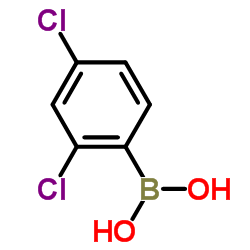 CAS#:68716-47-2
CAS#:68716-47-2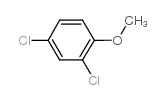 CAS#:553-82-2
CAS#:553-82-2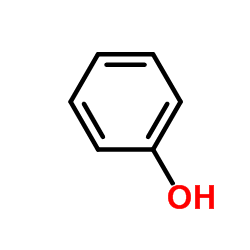 CAS#:108-95-2
CAS#:108-95-2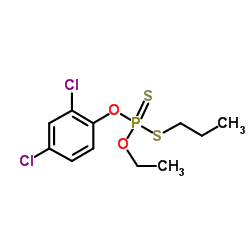 CAS#:34643-46-4
CAS#:34643-46-4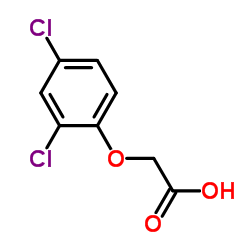 CAS#:94-75-7
CAS#:94-75-7 CAS#:95-57-8
CAS#:95-57-8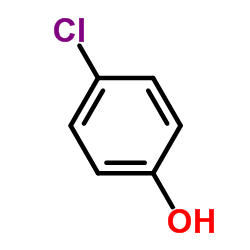 CAS#:106-48-9
CAS#:106-48-9 CAS#:6341-97-5
CAS#:6341-97-5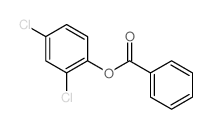 CAS#:7396-91-0
CAS#:7396-91-0 CAS#:37395-50-9
CAS#:37395-50-9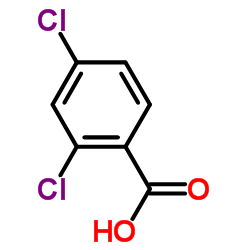 CAS#:50-84-0
CAS#:50-84-0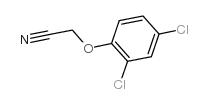 CAS#:3956-63-6
CAS#:3956-63-6 CAS#:527-62-8
CAS#:527-62-8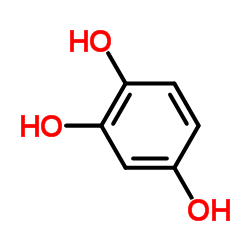 CAS#:533-73-3
CAS#:533-73-3 CAS#:3321-92-4
CAS#:3321-92-4 CAS#:108-94-1
CAS#:108-94-1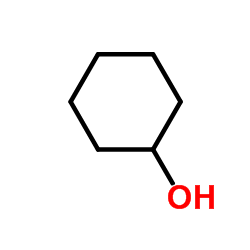 CAS#:108-93-0
CAS#:108-93-0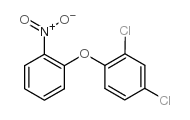 CAS#:38461-29-9
CAS#:38461-29-9
